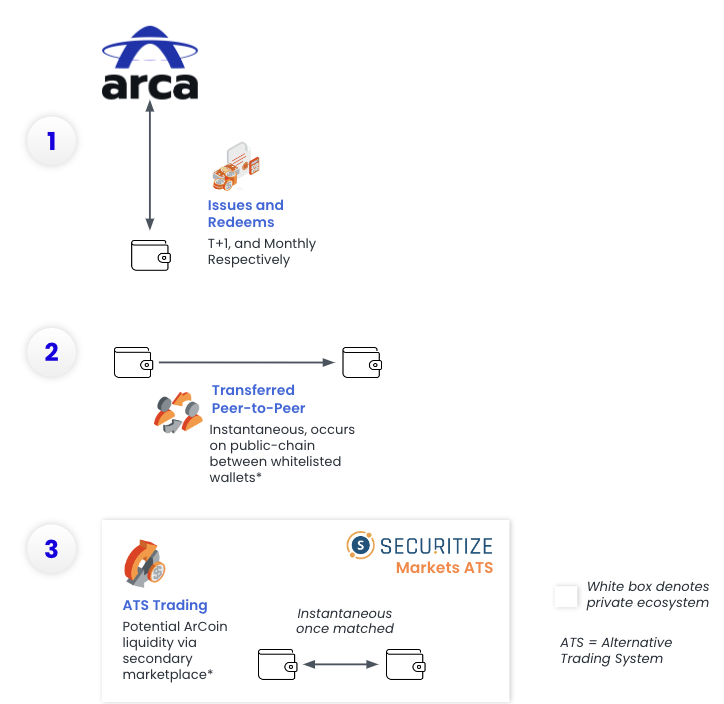Research Summary
The report discusses the growth of EigenLayer, a DeFi protocol that allows staking of ETH across multiple protocols simultaneously through a process called Restaking. It also covers the potential benefits of participating in the anticipated $EIGEN airdrop in 2024, and the use of Liquidity Position Derivatives (LPDs) to optimize yields.
Key Takeaways
Understanding EigenLayer and Restaking
- Restaking Concept: EigenLayer offers the ability to stake ETH across multiple protocols simultaneously through a process called Restaking. This process allows staked ETH to be used as security for protocols other than Ethereum, in exchange for protocol fees and rewards.
- Benefits of Restaking: Restaking provides pooled security for new decentralized services, reduces capital costs for stakers, and increases the trust guarantees to individual services. It is seen as the next evolution of liquid staking, providing additional yield to investors.
Participation in the $EIGEN Airdrop
- Airdrop Points Program: EigenLayer is running a points program for the $EIGEN airdrop in 2024. Points are awarded based on the amount of ETH restaked and for how long. Over 2.5 million ETH have already been restaked, potentially diluting the airdrop.
- Participation Methods: There are two main ways to participate in the airdrop and earn EL points: Restake directly through the EigenLayer app or use a liquid restaking protocol like Kelp DAO. Both methods have their pros and cons and associated smart contract risks.
Role of Liquid Restaking Protocols
- Benefits of Liquid Restaking Protocols: Using liquid restaking protocols can earn EL points and project points, offer no caps on deposits, and provide DeFi opportunities for yield. There’s also a strong chance of airdrops from these projects as most don’t have tokens yet.
- Popular Liquid Restaking Protocols: Some of the most popular options for liquid restaking protocols include Kelp DAO, EtherFi, Swell Network, Renzo Protocol, and Eigenpie.
Introduction of Liquidity Position Derivatives (LPDs)
- Objective of LPDs: LPDs aim to capture the complete value of optimized liquid staking and liquid restaking yields using a single reserve currency ($vETH), while providing superior yields. Vector Reserve has introduced the first LPD in the form of $vETH.
- Benefits of Holding/Staking $vETH: Holding or staking $vETH can earn points for four airdrops (Eigen, Kelp, Renzo & EtherFi), provide the highest yielding ETH-derivative (approx. 100% APR), yield from LP fees & DEX emissions, future yield from Superfluid Staking, and diversified risk.
Actionable Insights
- Consider the Potential of Restaking: Investors interested in DeFi should consider the potential of restaking as a way to optimize the capability of staked ETH and provide additional yield. EigenLayer’s restaking protocol is a key player in this space.
- Explore Participation in the $EIGEN Airdrop: The upcoming $EIGEN airdrop in 2024 presents an opportunity for investors to earn rewards based on the amount and duration of ETH restaked. It’s worth exploring the different methods of participation and their associated risks.
- Investigate the Role of Liquid Restaking Protocols: Liquid restaking protocols like Kelp DAO and Eigenpie offer additional benefits such as earning project points and providing DeFi opportunities for yield. These protocols could be a valuable part of an investor’s DeFi strategy.
- Research the Potential of LPDs: The introduction of Liquidity Position Derivatives (LPDs) by Vector Reserve could be a game-changer in the DeFi space. Investors should research the potential of LPDs to capture the complete value of optimized liquid staking and liquid restaking yields.













